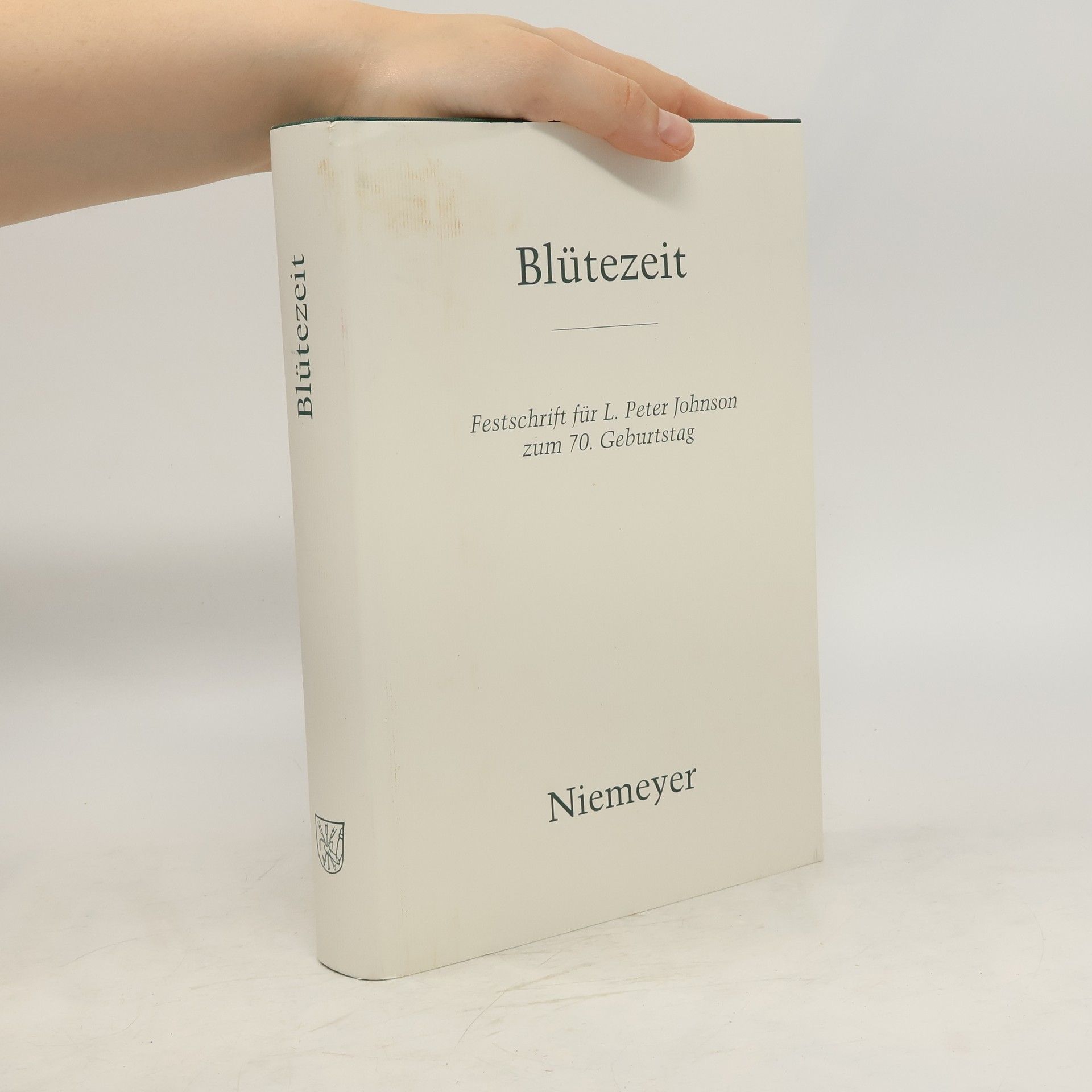This introduction explores the themes and characters of Gottfried von Strassburg's Tristan, emphasizing the complex interplay of love, honor, and fate. It delves into the historical context of the work, highlighting its significance in medieval literature. The analysis provides insights into the narrative structure and poetic style, making it accessible for both new readers and those familiar with the text. The book serves as a valuable guide to understanding the enduring legacy of this classic tale of romance and tragedy.
Mark Chinca Book order
Mark Chinca delves into medieval literature, with a particular focus on aesthetics and poetics, especially the theory of fiction, as well as the literature surrounding death and dying. His work explores the intricate connections between history and fiction, examining how medieval texts reflected and shaped perceptions of reality. Chinca also engages with early modern topics and the history of the German language, often bridging across different literary periods. He is currently finalizing a book on texts and the contemplation of death in Western Europe and is involved in a major edition of medieval chronicles, enriching our understanding of the Central European literary tradition.


- 2003
- 2000
Blütezeit
Festschrift für L. Peter Johnson zum 70. Geburtstag
Freunde, Schüler, Kollegen ehren mit dieser Festschrift einen Altgermanisten, der die Sprachkunst der mittelhochdeutschen Klassiker und die höfische Kultur ihrer Zeit auf einzigartige Weise mit Witz und Eleganz erschlossen hat. Die Summe seiner Arbeit hat er in der monumentalen Geschichte der »Höfischen Literatur der Blütezeit« gezogen, die für lange Zeit die maßgebliche Darstellung der Gipfelepoche der deutschen Literatur des Mittelalters sein wird. Die Beiträge der Festschrift antworten auf dieses Werk, greifen Autoren, Texte, Themen auf, mit denen es sich befaßt. Im Mittelpunkt stehen die großen Dichtungen, die durch das ganze Mittelalter und weit darüber hinaus gewirkt haben und heute zum Kanon der Weltliteratur gehören: die Lyrik Walthers von der Vogelweide, das Nibelungenlied, die Romane Wolframs von Eschenbach und Gottfrieds von Straßburg.